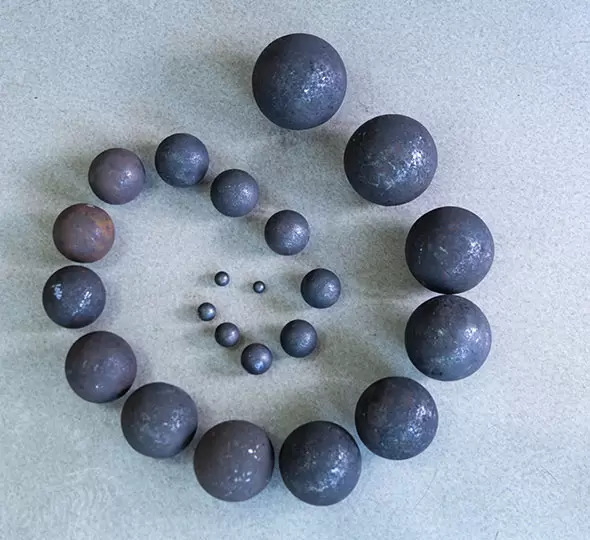Mechanical defects are an inevitable aspect of any industry that involves the use of machinery or mechanical systems. These defects can lead to equipment malfunction, reduced efficiency, and even catastrophic failures. Understanding the different types of mechanical defects is crucial for industries to ensure optimal performance, prevent accidents, and minimize downtime. In this blog post, we will delve into the various categories of mechanical defects, providing valuable insights and practical solutions.
- Wear and Tear Defects:
One of the most common types of mechanical defects is wear and tear. Over time, components of machinery can deteriorate due to friction, stress, or exposure to harsh environments. This can result in issues such as surface erosion, fatigue cracks, or material degradation. Regular maintenance, lubrication, and the use of high-quality materials can help mitigate wear and tear defects. - Design and Manufacturing Defects:
Design and manufacturing defects occur during the initial stages of product development. These defects can arise from errors in design calculations, improper material selection, or inadequate manufacturing processes. Examples include incorrect tolerances, weak welds, or improper assembly. Implementing stringent quality control measures, conducting thorough inspections, and utilizing advanced manufacturing techniques can minimize these defects. - Alignment and Balance Defects:
Alignment and balance defects can significantly impact the performance and lifespan of rotating machinery. Misalignment of shafts, belts, or couplings can lead to excessive vibrations, increased energy consumption, and premature component failure. Similarly, imbalance in rotating parts can cause severe vibrations, reducing efficiency and causing structural damage. Regular alignment checks, precision balancing, and the use of vibration analysis tools can help identify and rectify these defects. - Lubrication and Contamination Defects:
Insufficient or improper lubrication can result in mechanical defects such as excessive friction, overheating, and accelerated wear. On the other hand, contamination of lubricants with dirt, water, or foreign particles can lead to abrasive wear, corrosion, or clogged filters. Adhering to manufacturer-recommended lubrication practices, using high-quality lubricants, and implementing effective contamination control measures are essential for preventing these defects. - Electrical and Control System Defects:
In modern machinery, electrical and control systems play a crucial role in ensuring smooth operation. Defects in these systems, such as faulty wiring, malfunctioning sensors, or software glitches, can disrupt the entire mechanical process. Regular inspection, testing, and maintenance of electrical and control systems, along with proper training for operators, can help identify and rectify these defects.
Conclusion:
Mechanical defects encompass a wide range of issues that can impact the performance, safety, and reliability of machinery. By understanding the different types of defects and implementing appropriate preventive measures, industries can optimize their operations, reduce downtime, and enhance overall productivity. Regular maintenance, adherence to quality standards, and continuous improvement efforts are key to mitigating mechanical defects and ensuring the longevity of mechanical systems.

